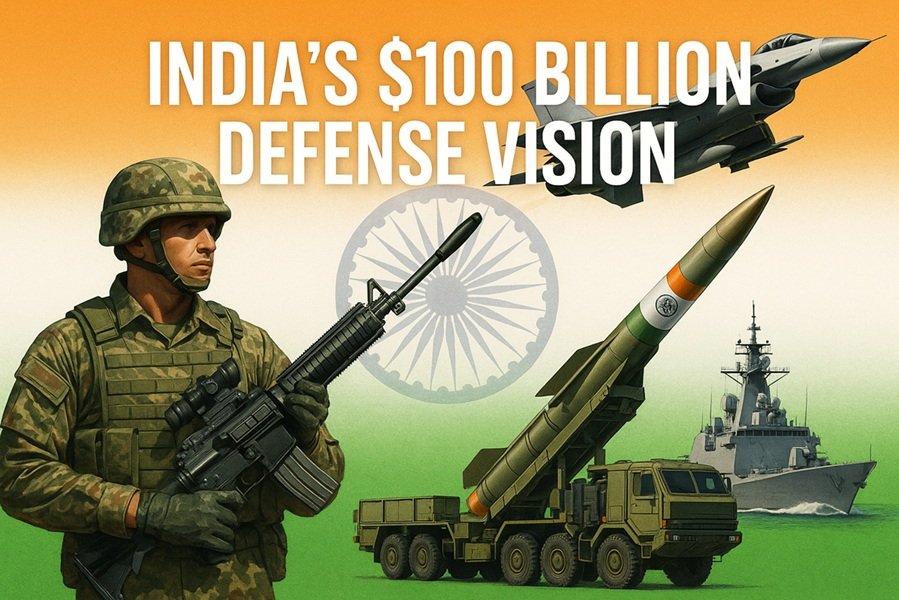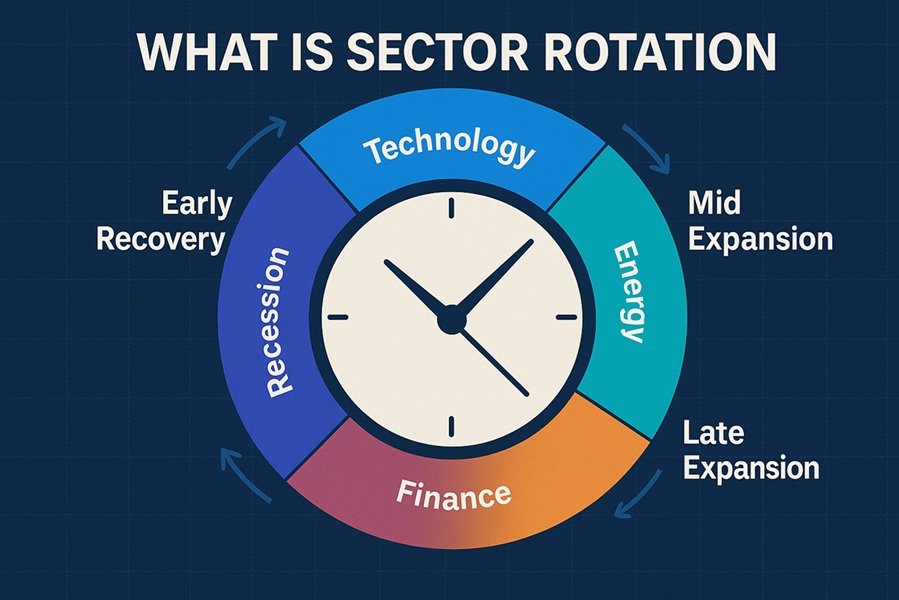
When we think about cricket World Cups, our minds often rush to the famous men’s tournaments that have captured global attention. However, it was actually women’s cricket that hosted the first-ever One Day International (ODI) World Cup—two years before the men’s inaugural event. This milestone event marks a critical point in cricket history, showing the pioneering spirit and determination of women athletes to make their mark in the sporting world.
So, in what year was the first-ever women’s ODI World Cup played?
The answer is:
👉 1973.
Let’s dive deep into the history, context, key figures, and legacy of the 1973 Women’s Cricket World Cup, which remains a monumental chapter in both women’s sports and cricket history.
The Background: A Vision for Women’s Cricket
During the early 1970s, organized women’s cricket was gaining momentum across countries like England, Australia, and New Zealand. Yet, women’s cricket lacked the recognition, sponsorship, and infrastructure that their male counterparts enjoyed.
Enter Sir Jack Hayward, a philanthropist and businessman from England. Hayward was passionate about promoting women’s sports and pledged £40,000 (a significant amount back then) to fund a women’s World Cup tournament. Thanks to his support, the first-ever international women’s cricket event came into existence.
At this time, no men’s cricket World Cup had yet been organized—the men’s Cricket World Cup would only be introduced in 1975. This fact highlights how progressive the women’s cricket community was at launching global tournaments despite limited resources.
The 1973 Women’s World Cup: Overview
- Tournament Name: 1973 Women’s Cricket World Cup
- Dates: June 20, 1973 – July 28, 1973
- Host Country: England
- Format: One Day Internationals (60 overs per side, not 50 as today)
- Number of Teams: 7
The Teams Participating:
- England
- Australia
- New Zealand
- Trinidad and Tobago
- Jamaica
- Young England (a team made up of young English players)
- International XI (a team with players from various countries)
Interestingly, India was not a participant, even though women’s cricket in India would later rise to global prominence.
Tournament Format and Matches
Unlike the knockout style seen in many modern tournaments, the 1973 Women’s World Cup followed a round-robin format. Each team played against every other team once, and the team that topped the points table was crowned the champion.
- Each match was scheduled for 60 overs per innings (mirroring the men’s ODIs of that era).
- The matches were played across various English county grounds.
- Points were awarded for wins, and there were bonus points for higher net run rates.
The Grand Finale: England Takes the Title
England was the standout team of the tournament, led by the legendary captain Rachael Heyhoe Flint, a trailblazer for women’s cricket. Under her leadership, England played consistently and ultimately won the championship.
- Final Match: The decisive match was between England and Australia at Edgbaston, Birmingham, where England clinched victory to secure the trophy.
- Top Performers:
- Rachael Heyhoe Flint (England) – captain, inspiration, and top-scorer.
- Enid Bakewell (England) – an all-rounder who contributed significantly with both bat and ball.
- Sharon Tredrea (Australia) – known for her fast bowling.
At the end of the tournament, Rachael Heyhoe Flint lifted the World Cup trophy, a huge moment for women’s cricket and a proud achievement for the entire movement for gender equality in sports.
Key Highlights of the 1973 Women’s World Cup
- First ODI World Cup Ever: It predates the men’s ODI World Cup (held in 1975).
- Philanthropic Funding: Entirely made possible due to the generosity of Sir Jack Hayward.
- Leadership and Advocacy: Rachael Heyhoe Flint was instrumental not only as a captain but also as an organizer and advocate.
- Historic Participation: Teams like Trinidad and Tobago and Jamaica participated independently rather than as part of a combined West Indies team.
- Pioneering Spirit: This tournament helped inspire many young women globally to take up cricket.
Legacy of the 1973 Women’s World Cup
The 1973 Women’s Cricket World Cup left a lasting legacy:
- Foundation for Future World Cups: It set the template for women’s international tournaments.
- Catalyst for Global Growth: It motivated other countries, including India and South Africa, to invest more seriously in women’s cricket.
- Recognition: Women’s cricket gradually began receiving media coverage and broader attention post-1973.
- Inspiration for Generations: Many of today’s female cricket superstars cite the early trailblazers of 1973 as their inspirations.
In recognition of their contributions, Rachael Heyhoe Flint was later inducted into the ICC Cricket Hall of Fame, and England’s women’s cricket team continues to honor the legacy of that original champion squad.
Conclusion
The first-ever Women’s ODI World Cup was played in 1973, a true landmark year not only for women’s cricket but also for the sporting world at large. It showcased resilience, passion, and the determination of women athletes to carve out a space for themselves at the highest level of competition.
Today, the Women’s Cricket World Cup is a grand spectacle watched by millions around the globe. Its roots, however, lie in the humble, courageous beginnings of the 1973 tournament—a testament to how visionary leadership, community support, and sheer perseverance can change history.
Explore:







